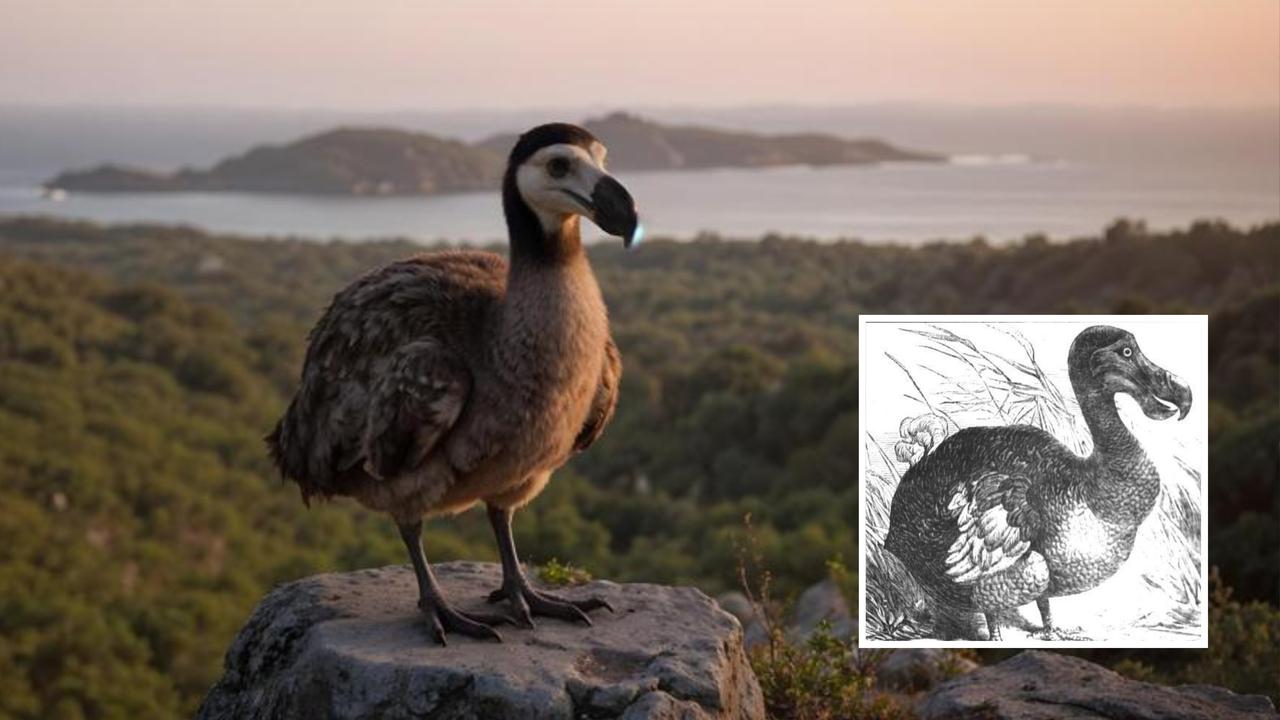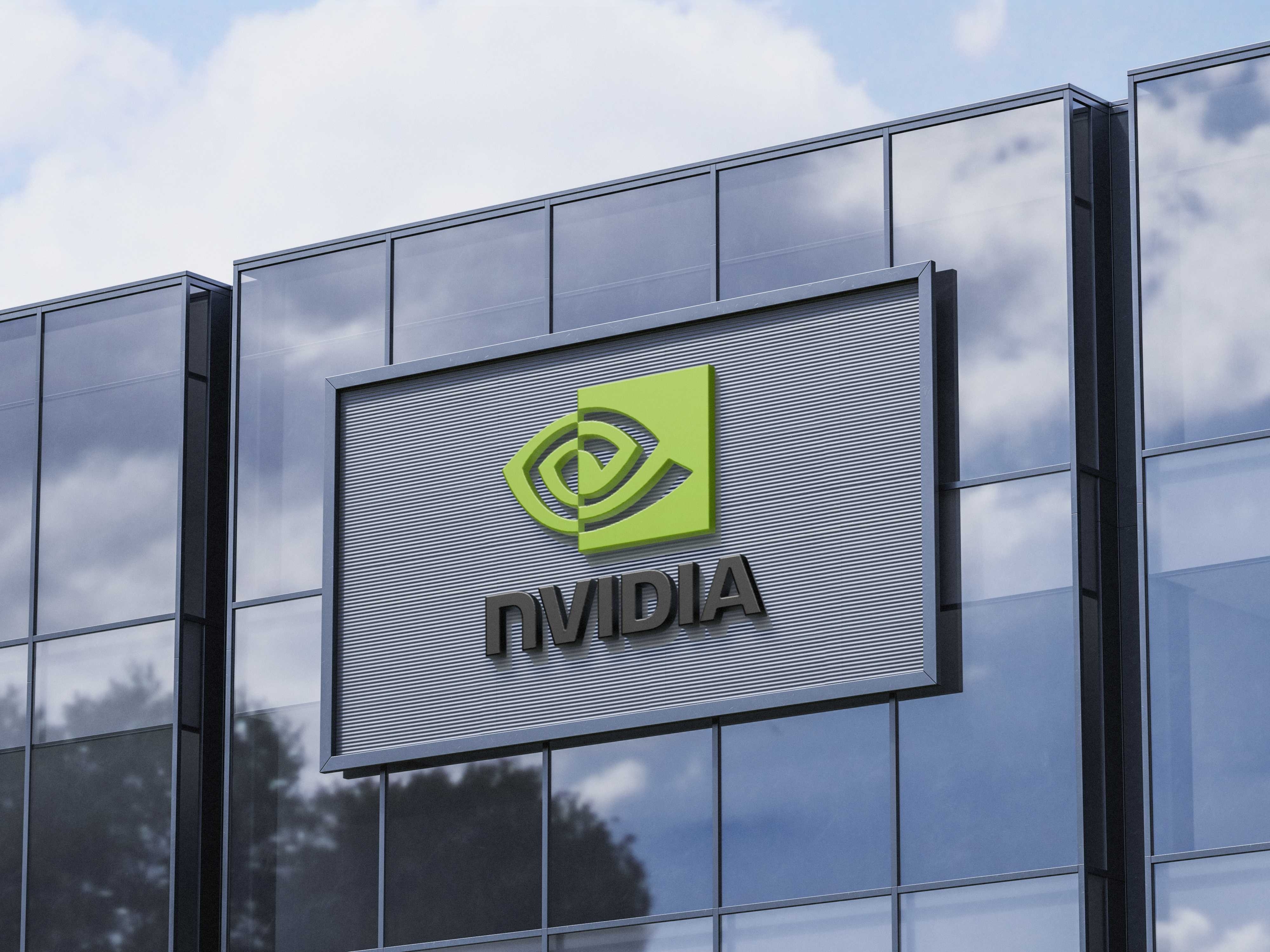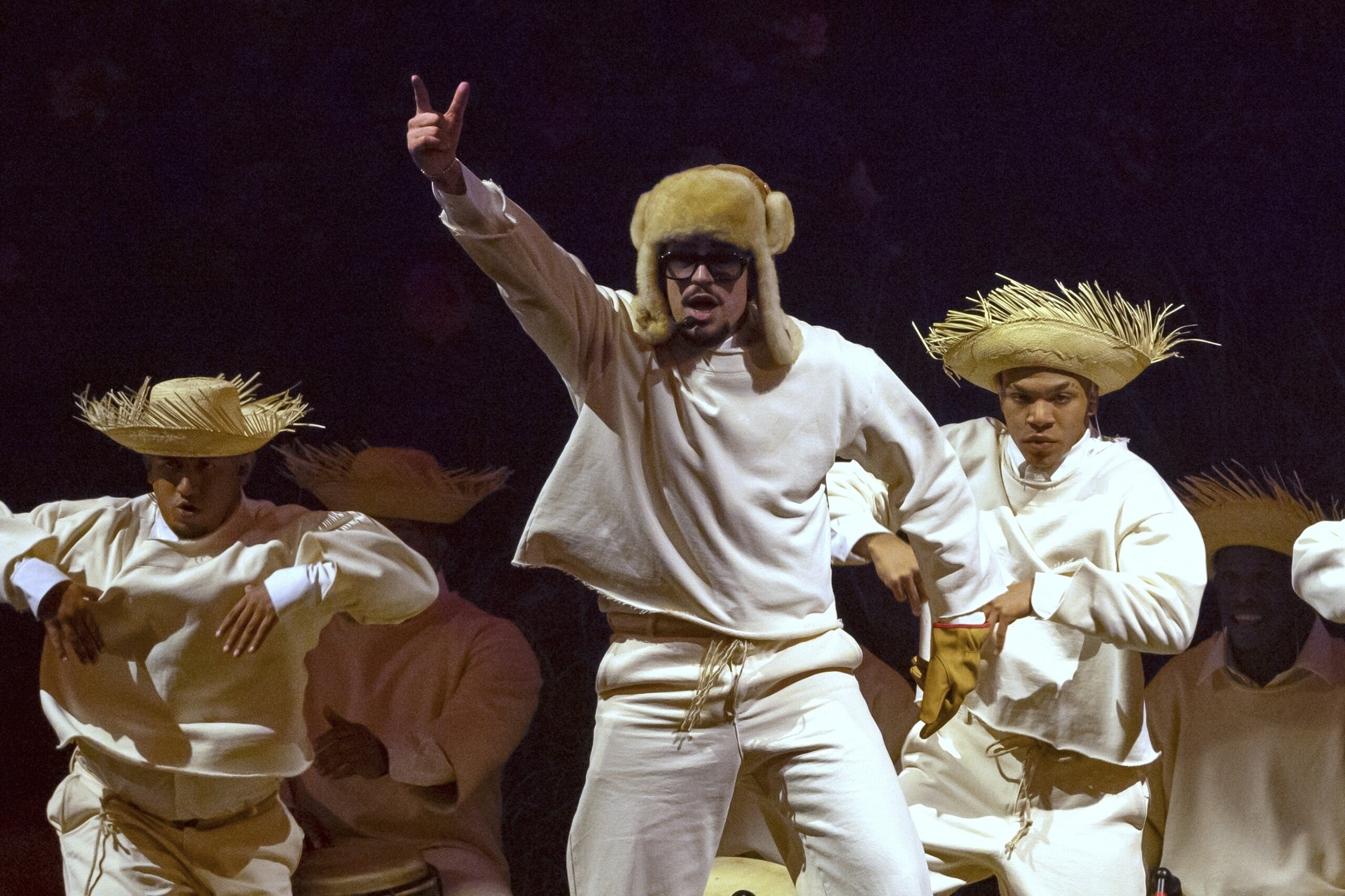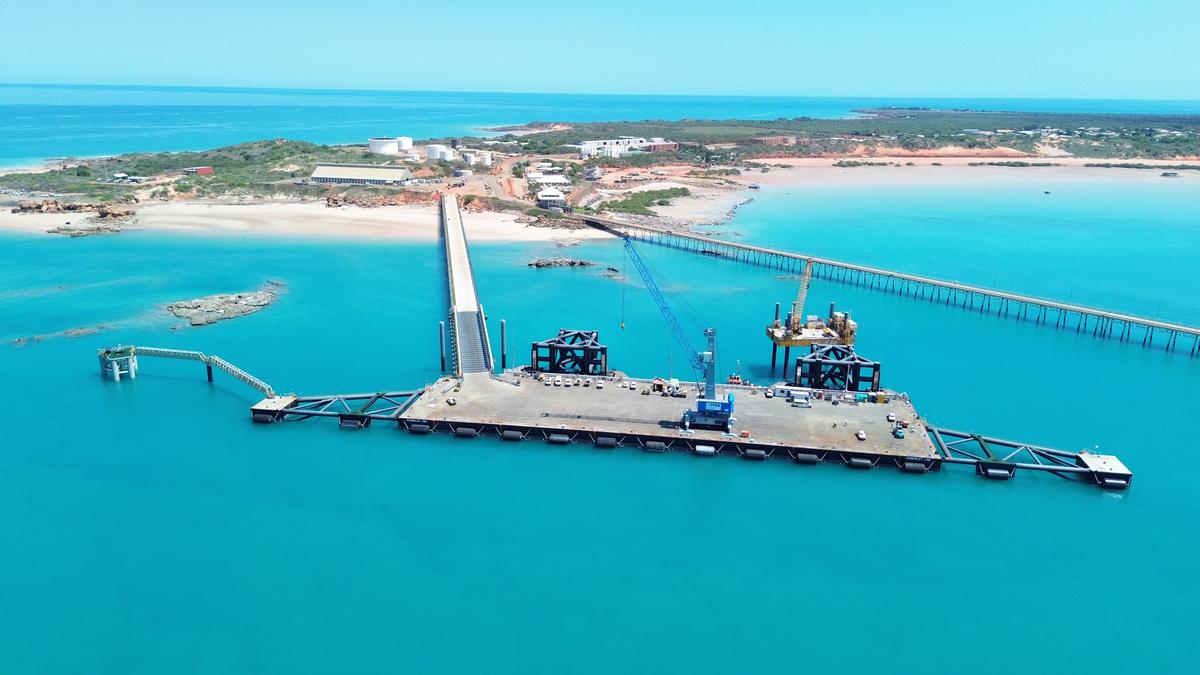By Natalie Brown
Copyright news

Colossal Biosciences – which has a valuation of roughly $15 billion – announced in February 2023 it planned to resurrect the flightless bird and release it in its natural habitat.
In a major breakthrough, the biotech company shared on Wednesday it had successfully grown pigeon primordial germ cells (PGCs), enabling sterile eggs from genetically-modified chickens to be used for Nicobar pigeon surrogates – the dodo’s closest non-extinct relative.
Once hatched, the birds will be released into several protected reserves in Mauritius, which was the dodos’ natural habitat before they were driven to extinction 350 years ago.
Colossal’s chief executive and co-founder, Ben Lamm, said the species’ return could be less than a decade away.
“Rough ballpark, we think it’s still five to seven years out, but it’s not 20 years out,” Mr Lamm said.
“Our goal is to make enough genetic diversity engineered into them that we can put them back into the wild where they can truly thrive. So we’re not looking to make two dodos, we’re looking to make thousands.”
Though most of the dodo work has taken place in Dallas, Texas, Mr Lamm told the Herald Sun that scientists at the company’s new Melbourne University headquarters were also collaborating on the project.
“We’ve been working over the last few years and buying more and more of (new chief biology officer Professor Andrew Pask’s) team’s Melbourne lab,” he said.
“It’s a very integrated team – not segmented to Australia or Texas … some of our bio teams are located in Melbourne – it is very collaborative.”
The project also, somewhat unexpectedly, is tied to Chris, Luke and Liam Hemsworth – all of whom are investors in Colossal and “very big conservationists”, Mr Lamm said.
“They’re all involved, and like of all our investors, not just our celebrity investors, they have a favourite species, a favourite project,” he added, noting the brothers are particularly interested in Colossal’s plans to resurrect the Tasmanian tiger (thylacine).
To make a dodo bird, he explained, Colossal’s team will inject the modified Nicobar pigeon PGCs into developing chicks, so they carry pigeon rather than chicken cells.
The chicken could then lay an egg that hatched into a pigeon, enabling it to “bring back dodo relatives and eventually the dodo itself”, the company said.
“Until now, we didn’t know if pigeon primordial germ cell creation was going to take one year or 10, because it’s only been done in geese and chickens before,” Mr Lamm told the Herald Sun.
“This is only the third species ever to have primordial germ cells made for birds (and) is very, very complicated. We did it in 18 months, which is faster than anticipated.
“We now have the PGCs and we have also created the transgenic birds that will give birth from a serious perspective, to dodos … we’ve made a lot of progress in 18 months so I’m very pleased with that (but) there is still a lot of (gene) editing to go.”
It comes after Colossal’s first-ever so-called “de-extinction” in April: the birth of three dire wolf pups, a species that disappeared 13,000 years ago.
The trio were successfully born using DNA from ancient dire wolf fossils and genes from their closest living relative, the grey wolf.
“Our team took DNA from a 13,000-year-old tooth and a 72,000-year-old skull and made healthy dire wolf puppies,” Mr Lamm said at the time.
“It was once said, ‘any sufficiently advanced technology is indistinguishable from magic’. Today, our team gets to unveil some magic they are working on and its broader impact on conservation.”
Colossal employed a similar method to that which it plans to use to resurrect dodos, cloning high-quality cell lines using somatic cell nuclear transfer into donor egg cells, and then transferring them to a surrogate dog mum who gave birth in January.
“The de-extinction of the dire wolf and an end-to-end system for de-extinction is transformative and heralds an entirely new era of human stewardship of life,” Colossal scientific adviser and member of its board of observers, Dr Christopher Mason, said.
“This is an extraordinary technological leap in genetic engineering efforts for both science and for conservation as well as preservation of life, and a wonderful example of the power of biotechnology to protect species, both extant and extinct.”
– with The New York Post



